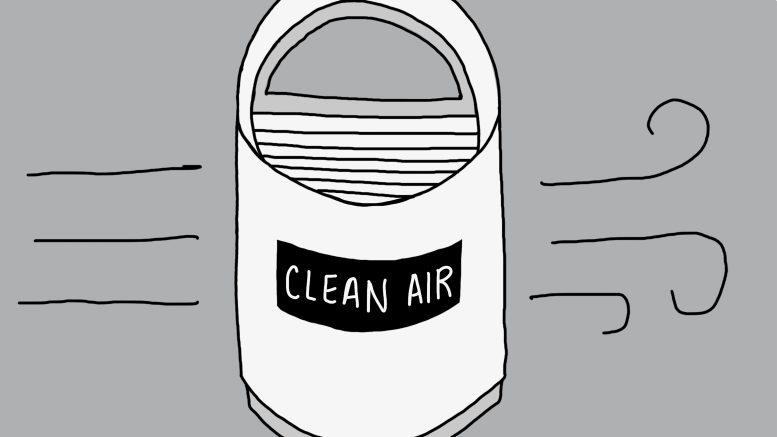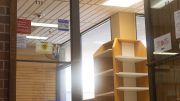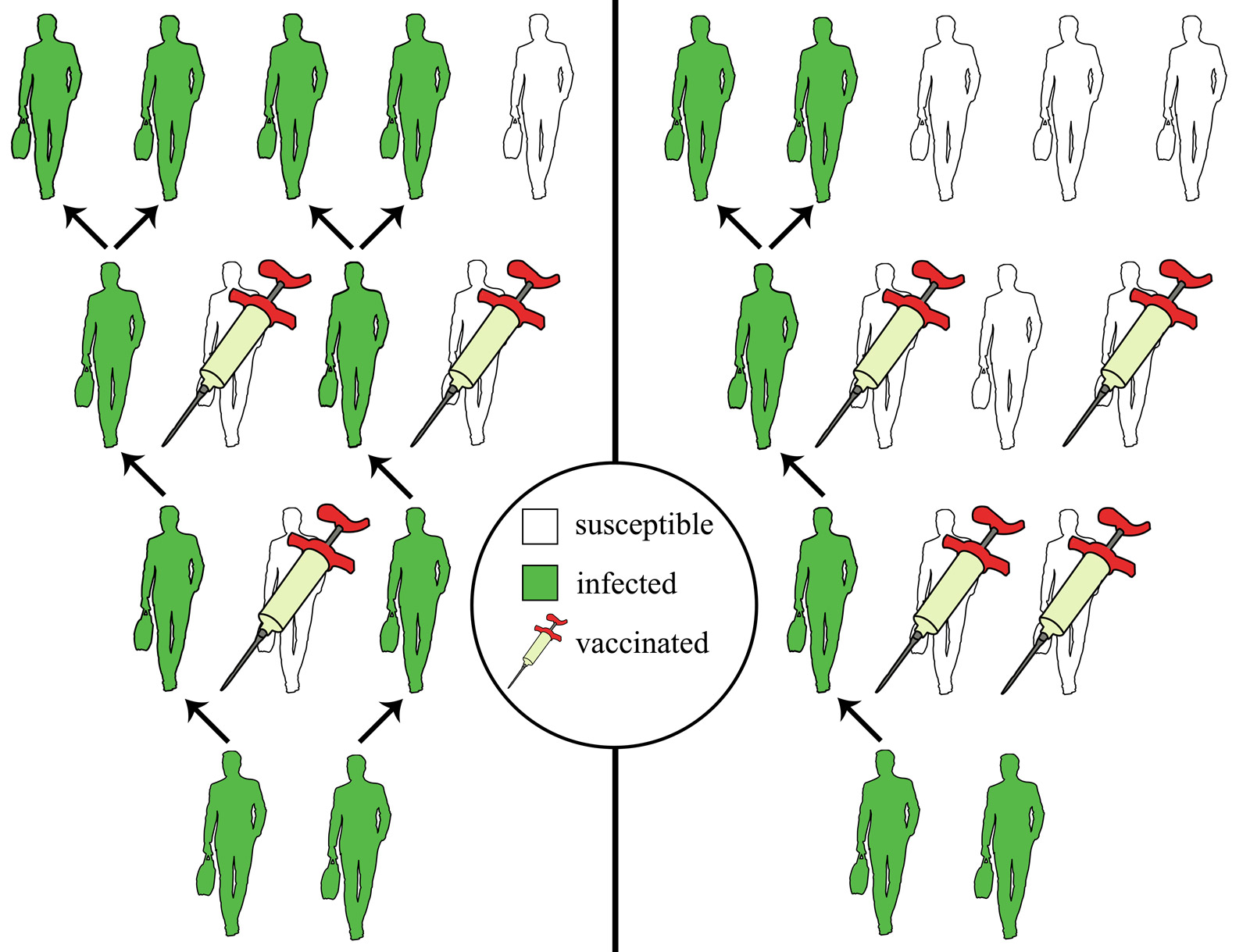The University of Manitoba Faculty Association hosted a webinar on Feb. 28 to discuss the current and future COVID-19 situation and how to make campus safer. The webinar included presentations from two experts on topics relating to COVID-19 and universities.
The first presentation was given by Raywat Deonandan, an epidemiologist and associate professor in the faculty of health sciences at the University of Ottawa.
Deonandan’s presentation focused on the state of COVID-19 in Canada today.
Superficially, the number of new COVID-19 cases in Canada has stabilized. However, these rates are calculated based on positive polymerase chain reaction (PCR) tests collected in clinical settings, which Deonandan said are becoming increasingly rare.
“Nobody gets PCR tested anymore unless you have a particular reason for it,” Deonandan said. “Everybody else takes rapid tests or just assumes they’ve got COVID and [goes] about their day.”
Because of the lack of testing, deaths from COVID-19 are a more accurate indicator of the disease in Canada. Unlike new COVID-19 cases, which can go undetected, deaths from COVID-19 are usually recorded.
Vaccination has also significantly reduced the disease’s mortality rate.
“It’s fair to say, I think, that the disease now is not what it was in 2020,” Deonandan said.
“It’s a different disease by virtue of vaccination,” he added. “It’s no longer the existential threat to many of us.”
Despite this success, Deonandan stressed that there are still people who die from the disease. As of Deonandan’s presentation, about 26 people were dying of COVID-19 in Canada every day.
Deonandan said that case data suggests COVID-19 is becoming hyperendemic, meaning that it is always present in the population at significant levels.
The rate of infection in Canada varies depending on the region. Deonandan explained that, at the time of the webinar, Nova Scotia and New Brunswick were rated as “severe” in terms of cases, while Manitoba fell into the “very high” cases category.
He recommended COVID-19 Resources Canada, a website that gives twice weekly updates on infection risk across Canada, for information on COVID-19 in specific areas.
The organization estimates that 1 in 43 people in Canada are currently infected with COVID-19.
Deonandan highlighted wearing masks as an effective way to ensure that less people transmit COVID-19. According to the Centers for Disease Control and Prevention, a respirator mask such as an N95 can reduce an individual’s risk of testing positive for the virus by 83 per cent.
“Masks work,” Deonandan said. “Despite what people might be saying, despite the noise and social media and media, masks absolutely work.”
The second presentation was given by U of M associate professor in the faculty of architecture Shauna Mallory-Hill. She is an expert in building design and performance.
Mallory-Hill said that effective indoor ventilation systems can also help to prevent transmission of the virus. This is because COVID-19 is spread through airborne transmission.
In airborne transmission, the virus is spread through tiny respiratory particles called aerosols that can travel long distances carrying the disease. These aerosols tend to build up in poorly ventilated spaces in a manner comparable to cigarette smoke.
Virus-carrying aerosols can remain in an area for hours after the person who released them has left the room. The role of an indoor ventilation system is to increase the percentage of fresh air in a structure, a process known as dilution.
Simply opening a window can increase ventilation. An open window combined with a mechanical ventilation unit is called “mixed mode ventilation.”
Most ventilation systems perform about three or four complete air changes per hour, but since the pandemic began, some researchers have suggested increasing that to six changes per hour.
Further, a 2016 study of a Hong Kong hospital demonstrated that nine changes per hour was effective in slowing the spread of SARS, MERS and H1N1.
Areas without a proper ventilation system can instead be cleansed using a portable air filtration unit.
Mallory-Hill suggested multiple measures that could be implemented to reduce the spread of COVID-19 by air.
“Filtration, use the highest possible without reducing air flow,” she said. “Clean your filters regularly. Use your portable air filtration units in under or non-ventilated areas.”
“Higher humidity is better. Cooler temperatures are better.”





